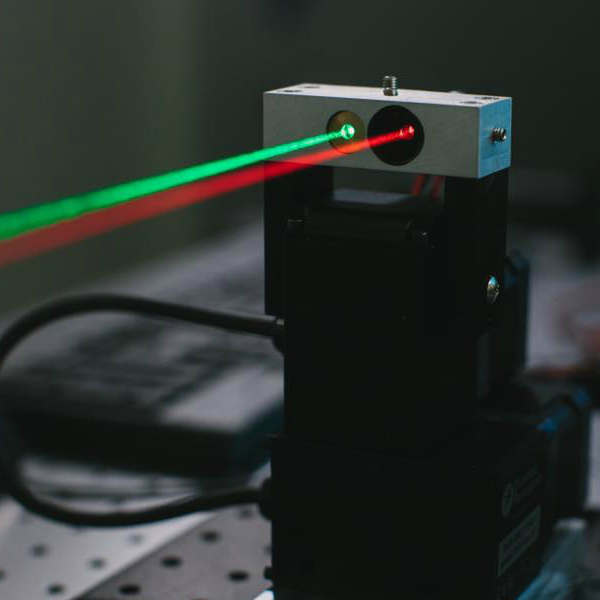
New Laser Device to Sniff Out Cancer, Diabetes and Many Other Diseases
Researchers have come up with an new idea of developing a new laser system for fast, non-invasive, onsite breath analysis that may be used to screen people for a range of diseases including diabetes, infections and various cancers.The instrument is being equated to an “optical dog’s nose” which uses a special laser to measure the molecular content of a sample of gas.

Also Read:Teen Thrashes Eve-Teaser Inside UP Police Station [VIDEO]
The focus of the instrument is on “Rather than sniffing out a variety of smells as a dog would, the laser system uses light to “sense” the range of molecules that are present in the sample,” said Dr James Anstie, from the University of Adelaide’s Institute for Photonics and Advanced Sensing (IPAS).”Those molecules are by-products of metabolic processes in the body and their levels change when things go wrong.There have been good studies undertaken around the world which show that diseases like lung and esophageal cancer, asthma and diabetes can be detected in this way, even before external symptoms are showing,” said Anstie.
According to its specification ,The system being developed offers almost-instant results, high sensitivity and the ability to test for a range of molecules at once – making it promising for broadscale health screening, resaerchers said.Anstie and colleagues detailed their use of optical spectroscopy to detect the light-absorption patterns of different molecules, with high levels of accuracy and speed.The system uses a specialised laser – an optical frequency comb – that sends up to a million different light frequencies through the sample in parallel.
Also Read: Teen Girl Murders 4 Year Old Who Saw Her Stealing Rs 20
Each molecule absorbs light at different optical frequencies and therefore has a unique molecular fingerprint.”We now have a robust system to be able to detect the presence and concentrations of molecules in a sample,” said Anstie.”The next step is to work out how to accurately sample and interpret the levels which will naturally vary from person to person,” said Anstie.
Anstie believes the group will have a working prototype in 2-3 years and a commercial “plug and play” product could be available in 3-5 years.Other potential applications include measuring trace gasses, such as atmospheric carbon dioxide, and detecting impurities in natural gas streams.The study was published in the journal Optics Express.